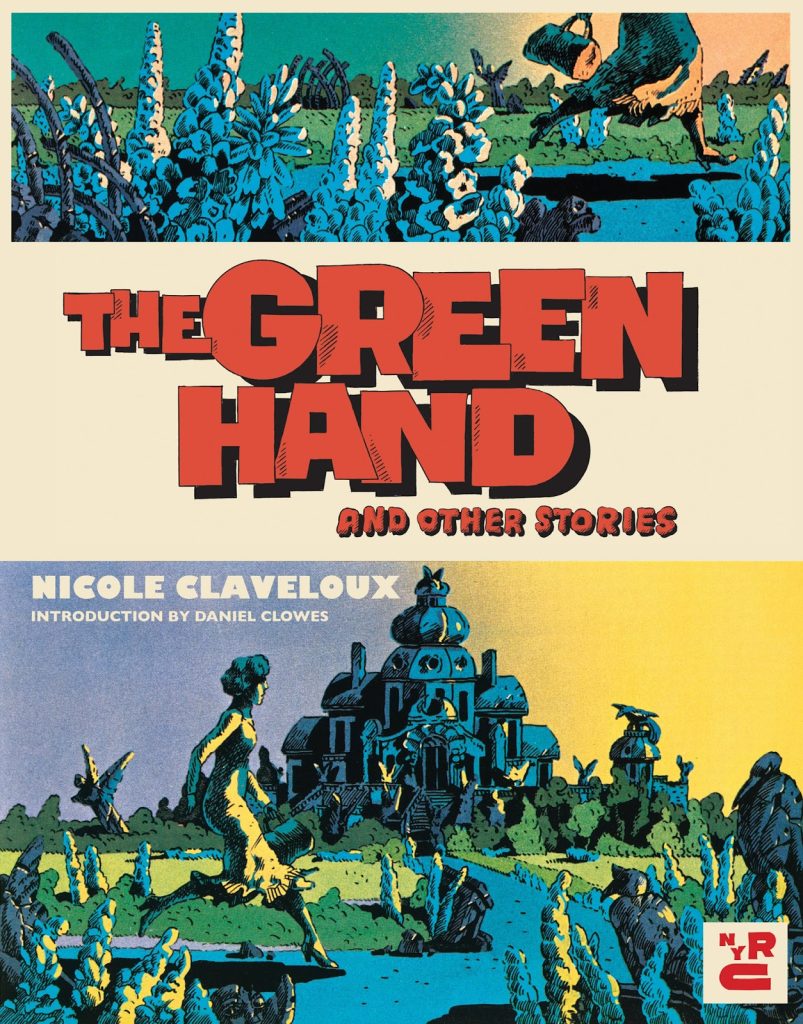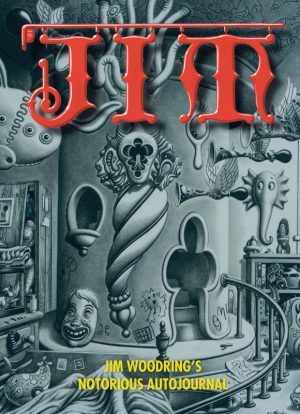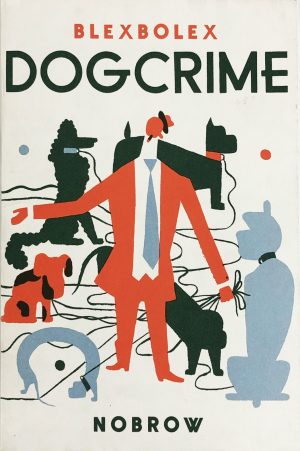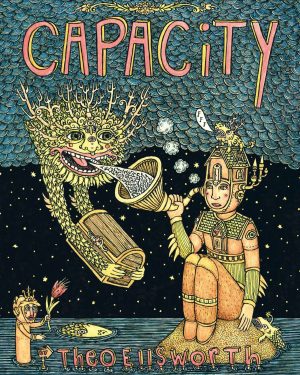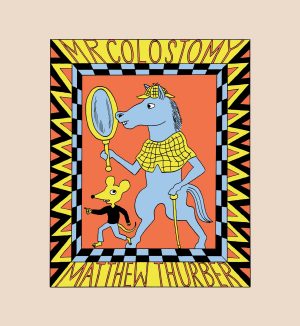Review by Frank Plowright
Little of Nicole Claveloux’s work has previously been seen in English, possibly because her comics output is limited as she maintains separate careers illustrating books and painting, but the existential weirdness of her work influenced Daniel Clowes at an early age. He provides an introduction.
Claveloux was an illustrator before attempting comics, and when suggested she contribute to influential French anthology Metal Hurlant in the mid-1970s she approached Edith Zha as a writer.
Their collaborations are surreal and whimsical short stories with oddly disturbing aspects, such as the title piece. In French the term ‘green hand’ refers to someone good at raising plants, but Zha’s script plays with words and misunderstandings by having a woman painting her hand green in order to tend to a plant. Further strangeness is provided by the lumpy talking bird the woman keeps, who develops a jealousy of the plant, and a dream-like switch of emphasis. Simultaneously simple and profound, combined with Claveloux’s vibrant ideas about colour, it’s the perfect introduction to a meandering world. It’ll either instantly appeal, or be dismissed as meaningless.
‘The Green Hand’ is the first of a multi-chapter wander only really connected by the lead character, who picks up each episode from the point she finished the last only for an instant change of circumstance. It’s very much stream of consciousness, and as such interesting for being a collaboration that works extremely well, when that approach is usually the realm of a single creator. Having noted that, the pictures tell the story so comprehensively there’s no need for conversation or explanations of the depressive bird. Sexual imagery abounds in the background, largely capricious inclusions.
Subsequent stories are by Claveloux alone, experiments with style and storytelling, dreaming and absurdism prominent, all exceptionally well drawn, but in different styles. There’s a tale of gruesome family murders drawn as if portrait illustrations for a children’s book, a loosely sketched dream sequence and the heavily crosshatched tale of a poor princess and the cat that saves her. Pretty well every strip is somehow disturbing, and babies recur. Without being specific, when interviewed for the back pages, Claveloux refers to her stories being personal, and that transmits.
In the decades since Claveloux created her stories it’s difficult to come up with another creator who’s so embraced her eclectic path, which makes her all the more admirable. Why it’s taken so long for an English translation is mystifying, but we look forward to more.
